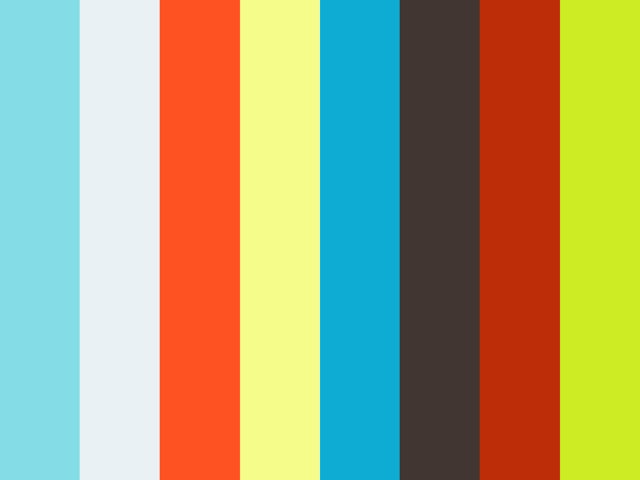Mock Program: Your Friendly Neighbourhood Street Artist
- Melis Mete

- Dec 1, 2016
- 3 min read
Purpose: To spread awareness of the differences between vandalism and street art, the various types of street art and recognizing local street artists in their community. The group will then have the opportunity to create their own street art as a part of a finishing piece to the program.
Age group: Grade Three class (15-20 children)
Staff: One lead artist (preferably a street artist or muralist), two volunteers/interns, Class’s home room teacher (4 staff members) + parent volunteers during the walk about.
Location: In the classroom and outside in the community.
Timeline: Four week program during the spring/summer season (four full days)
WEEK ONE: Introduction and breaking misconceptions (HALF DAY)
Goal: To learn and emphasize with the street artist, why street art is significant & the culture behind it. To understand the definition of street art and eliminating any fears and fallacies attached to street art & artists (mainly that; street artists are delinquents, street art is not real art, it is bad for the community, and it is a crime).
Activities:
Ice-breaker
The Story of a Rainbow: Present the class with the story behind the rainbow by the Don Valley Parkway in order to break the idea that street art is bad for the community.
Not Everything is Black and White: Taking black and white prints of simple urban spaces and have the participants design their own street art with coloured markers & materials (glitter, string, etc.). Have them think of what type of community they are set in, the people, and the message they want to communicate with them. Each person will share their piece with the group (or with a partner, depending on the dynamic).
Exploring the forms (HALF DAY)
Goal: To learning about different types of street art beyond the typical spray painting. To understand the vocabulary surrounding the culture of street art (e.g. crew, tagging, graffiti)
Activities:
Classroom installation: In three separate “crews”, they will team up to build an art installation using typical classroom materials (books, chairs, markers, desks, etc.).
Guerilla Gardeners: Each participant will create two seed bombs and will be asked to throw them in an empty green space outside.
Closing: On a foam board, with a silhouette of a loon in the middle, the participants will write one thing they thought knew outside of the loon and one thing they learned inside the loon.
WEEK TWO: Street Walk About field trip (FULL DAY)
Goal: To explore the various types of street art in their community, and recognize their local artists.
Activities:
Take a Compliment!: Before going on the walk-about, create a list of compliments to place onto a poster and as the group goes on the walk-about, they will distribute the posters around the area (e.g. bus stops, community boards, etc.).
Walk-About: The lead artist will guide the group around the community and discuss about each street art piece they see. Create a scavenger hunt based on the various types of street art from tags to murals. Acknowledge reoccurring signatures of local street artists.
Closing: On a foam board, with a silhouette of a loon in the middle, the participants will write one thing they thought knew outside of the loon and one thing they learned inside the loon.
WEEK THREE: Street Art Implementation – Part One (FULL DAY)
Goal: To plan and begin their art piece (if unable to implement on school property, it can be done on a large wooden panel)
Activities:
Brainstorm: In their crews, they will brainstorm ideas and drawn out drafts for their piece. The full group will then come together, share ideas, and find similar themes and ideas they like from each crew. The group will then organize and plan for the final art piece.
Begin Final Art Piece: Assign roles and tasks based each individual’s interests and strengths. Facilitate and assist their process.
WEEK FOUR: Street Art Implementation- Part Two (FULL DAY)
Goal: To complete their final art piece, reflect on their learning experience, and connect the program with their everyday lives.
Activities:
Complete Final Art Piece
Wrap-up: Discuss what they all wrote on the foam board, their high and low points, and how this program influenced them.















Comments